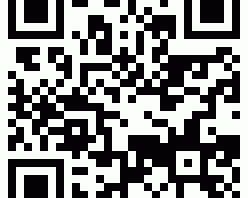Interesting reads from around the web:
- 22 Statistics That Prove The Middle Class Is Being Systematically Wiped Out Of Existence In America: There are some scary statistics in this article. Without a healthy, confident middle class, the market is not going to tick upwards. The two most critical to me are: 1. In 1950, the ratio of the average executive’s paycheck to the average worker’s paycheck was about 30 to 1. Since the year 2000, that ratio has exploded to between 300 to 500 to one. 2. 66% of the income growth between 2001 and 2007 went to the top 1% of all Americans.
- Why QR Codes Are Poised to Hit the Mainstream: Jennifer Van Grove @mashable also thinks QR codes are about to become hot. She mentions new to me StickyBits and SCVNGR as well as some other good reasons you’re going to keep seeing squares. Want more QR goodness? The sharp folks over at 2D Code mentioned a recent Verizon/ScanLife case study on DROID applications [pdf] that has good demographic information.
- Chris Dixon is thinking about graphs, more specifically, the underpinnings of data structures (like Hunch’s suggestion engine that tells you what you might like) that connect people in the social graphs such as friendships (Facebook) or people and images (Flickr). He’s predicting the rise of several new types of graphs, such as financial, local and taste based graphs.
- Paul Graham points out that what you think about in the shower can literally throw you off track, so make sure you are clear about what you’re sharing head space with.
- Misfit Entrepreneurs: Vulnerable isn’t one of the adjectives I’d use to describe most of the entrepreneurs I know, but paired with misfit, it works!

